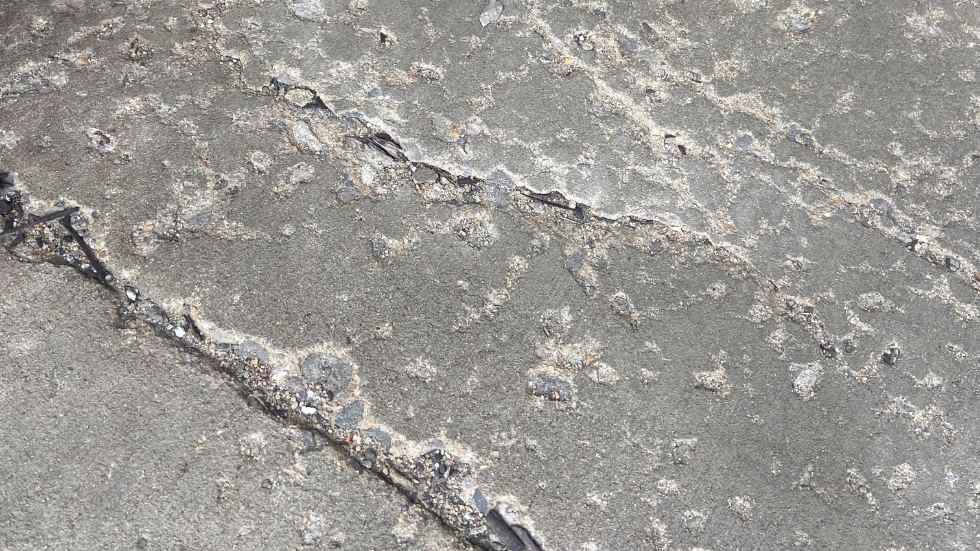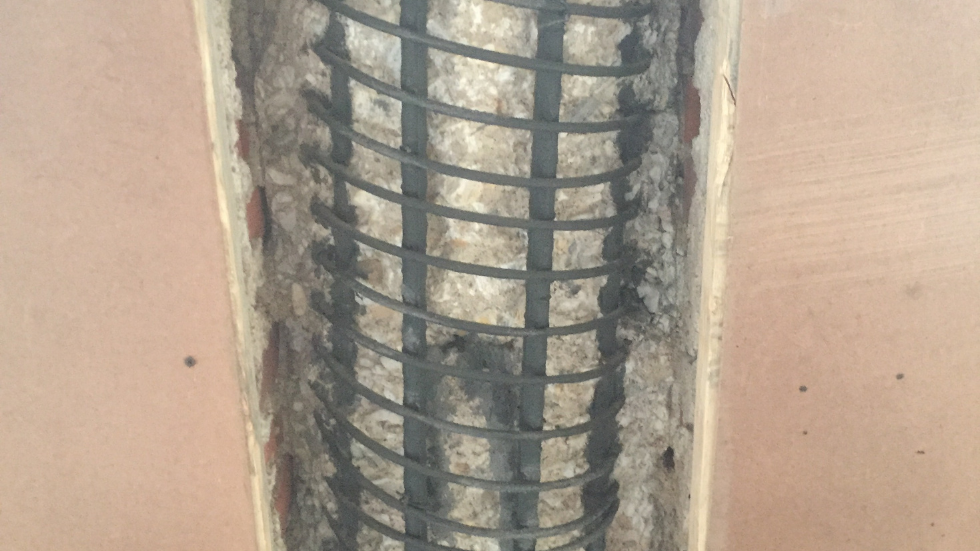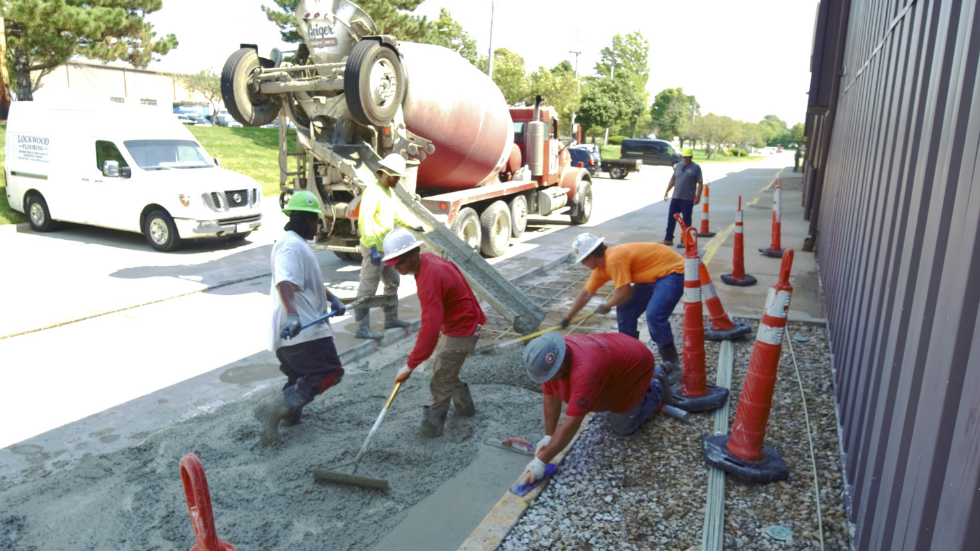TruePlane Concrete Blog
How do you Repair Concrete?
Maintaining Concrete
Every year, winter in Kansas City does a number on our concrete. Numerous freeze thaw cycles coupled with salt and deicing chemicals cause accelerated deterioration to our curbs, paving and sidewalks. The best way to avoid concrete repair is preventative maintenance. It is important to seal concrete to avoid excessive moisture penetration. Because concrete is a porous, liquid water can be absorbed into the concrete and freeze, causing damage to any concrete surface. A high-quality sealer applied by a professional installer prevents moisture from penetrating concrete surfaces. In addition to sealing important to use self-leveling control joint sealants to keep water from entering control joints. While control joints are necessary in concrete paving, they do offer a means for water to enter the slab. Proper maintenance, including periodically re-sealing sidewalks, curbs and slabs and re-caulking control joints can prevent water intrusion and subsequent damage.
How does salt effect concrete?
Salt does not directly cause damage to concrete, rather, the effects of salt on liquid water cause damage. Because salt, and other de-icing chemicals, lower the freezing point of water they increase the number of freeze-thaw exposures that damage concrete Frozen water trapped in concrete will start to spall or scale off the top layer of surface mortar and can expose aggregate in the concrete.
Higher quality concrete is less likely to be affected by the freeze-thaw cycles brought on by applying salt. Concrete that will be exposed to deicers should attain a strength of 4,000 psi prior to repeated cycles of freezing and thawing.

Scaling concrete. The top layer of surface mortar has deteriorated exposing the aggregate below.
How to repair damaged concrete.
Concrete can be repaired in two ways. Partial or full depth patches or complete removal and replacement. Partial depth repairs are more common on vertical and overhead restorations (ie a parking garage). This process can involve shot blasting, chipping, and grinding to remove all loose, deteriorated concrete from the damaged area. Cuts at the edges of the repair areas are clean straight edges with at least 1/2” depth, this allows of a cleaner finished patch and ensures sufficient thickness in the patching material. Once all damaged concrete in removed, the steel reinforcing needs to be wire brushed or sandblasted to remove any rust before applying a zinc-rich epoxy primer to the steel reinforcement. Following an engineer’s review, additional reinforcement may need to be installed to maintain or restore load capacity of the original structure. 24 hours Prior to placement of concrete materials, a coat of bonding agent is applied to the cleaned surfaces and a second coat of bonding agent is applied 2 hours before placement.

Partial depth repair on a parking garage column base. All loose concrete has been chipped and the surface media blasted. All steel reinforcing is coated in zinc epoxy primer and concrete is ready to be placed.
For flatwork repair (i.e slabs, sidewalks, and paving), we recommend a compete removal and replacement of sections of damaged concrete. Removal of damaged concrete typically spans between two control joints. Concrete removal starts by saw cutting the full depth of concrete slab. After cutting, the damaged concrete is broken up and hauled away. New steel reinforcing is doweled into the remailing concrete and concrete is ready to be placed.

A True Plan Concrete crew placing concrete in a full depth repair.
